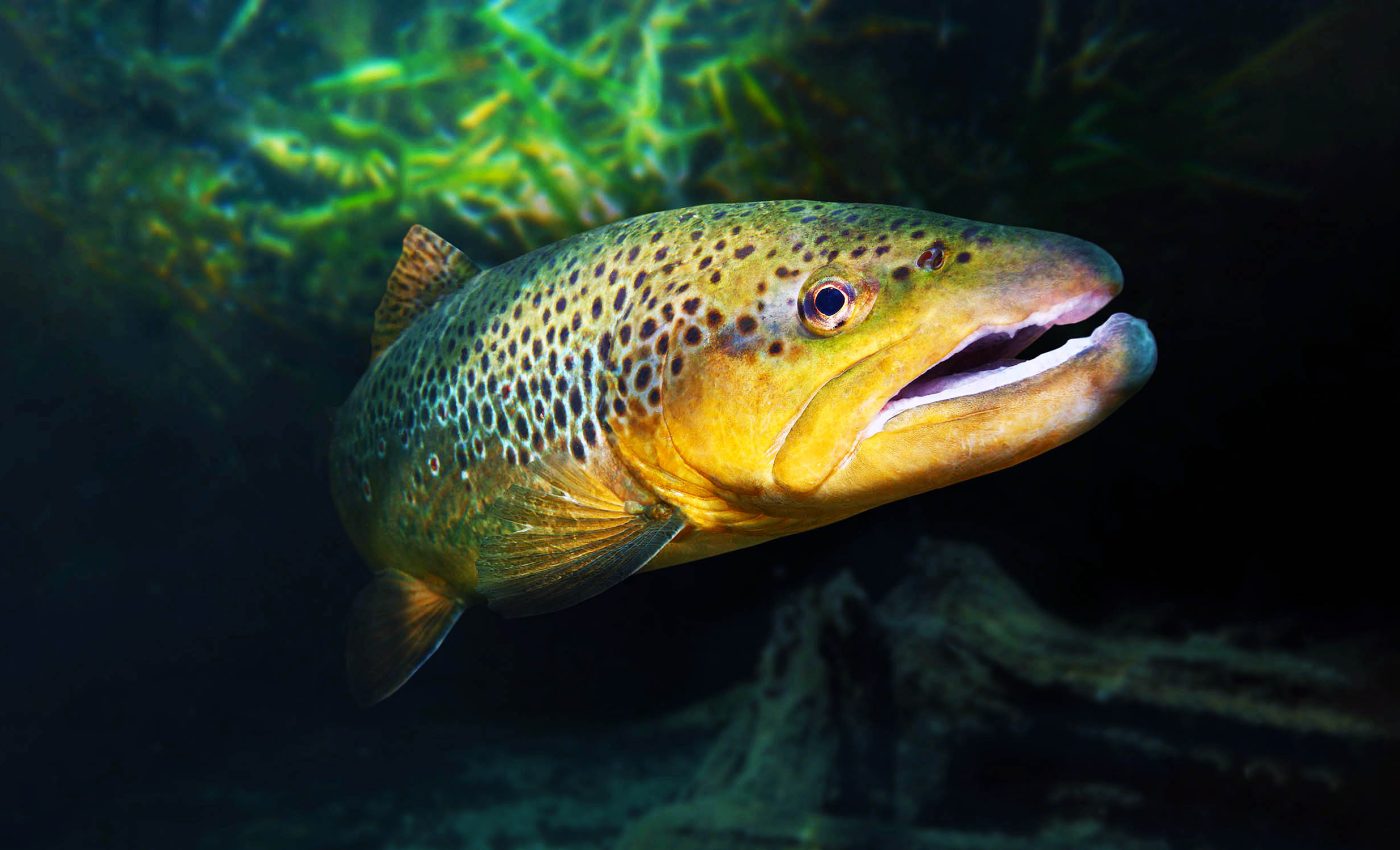
Trout living in polluted rivers evolved to tolerate high metal levels in the waters
The British Isles, known for their picturesque landscapes and winding rivers, harbor a hidden marvel within their waterways — genetically distinct trout populations thriving in metal-polluted river environments.
These seemingly ordinary fish have evolved into resilient survivors, yet their isolation and lack of genetic diversity raise concerns about their future.
Trout’s adaptation in rivers
A new study has revealed the genetic secrets of these remarkable trout. By analyzing the DNA of brown trout from 71 sites across Britain and Ireland, researchers discovered that those living in metal-polluted rivers are genetically isolated from their counterparts in cleaner waters.
“We found massively reduced genetic diversity in some of these trout populations inhabiting metal-impacted waters,” explained Professor Jamie Stevens from the University of Exeter.
“These fish carry a high burden of metals, with toxic binding of dissolved metals to their gills causing suffocation, but trout that can tolerate this have emerged in polluted rivers.”
This isolation is a direct result of the harsh selection pressure imposed by metal pollution. Over time, only those trout with a genetic tolerance for metals could survive in these toxic environments. Consequently, they became genetically distinct from other trout populations, unable to exchange genes.
Resilience vs. vulnerability
While these metal-tolerant trout have successfully adapted to their polluted habitats, their genetic isolation has come at a cost.
“The genetic diversity that allowed them to adapt to this rapid change in their environment is now lacking – leaving them more vulnerable to future changes,” notes Dr. Daniel Osmond, who conducted the research as part of his PhD at Exeter.
This lack of genetic diversity leaves the trout populations susceptible to various threats. They may struggle to cope with new diseases, parasites, or environmental changes that could arise in the future. The very trait that allowed them to survive in metal-polluted waters has become a potential weakness.
Trout genes in polluted rivers
The story of these isolated trout populations is intertwined with the industrial history of the British Isles. Many of the polluted rivers were once home to bustling mining operations. They released heavy metals like lead and copper into the water.
“Throughout different periods of history, these mined regions have been globally important in their industrial production of many metals,” Dr. Osmond elaborates.
“This however has left polluted landscapes such as West Cornwall, which is effectively a giant honeycomb of old mines. When rain comes, these can fill with water and that can flow out into rivers.”
Troubling pattern of repeated divergence
The study found that this genetic isolation and reduced diversity occurred in trout populations inhabiting metal-polluted rivers across multiple regions, including Cornwall, Wales, and northeast England.
This suggests a repeated pattern of evolutionary divergence in response to similar environmental pressures.
Furthermore, the researchers discovered that physical barriers, such as dams and weirs, exacerbate the genetic isolation in rivers that are both polluted and physically obstructed. This highlights the need for a multifaceted approach to conservation efforts.
Mitigating the impact
The researchers propose implementing measures to mitigate the genetic isolation observed in these trout populations.
By reducing the outflow of contaminated water from abandoned mines, the levels of metal pollutants in rivers could be lowered.
This would make it easier for trout from different populations to interbreed, as the water would no longer be a toxic barrier.
Additionally, removing physical obstacles like dams and weirs would further facilitate the movement and mixing of trout between different river sections.
This increased gene flow would introduce new genetic variations into isolated populations, boosting their genetic diversity.
A more diverse gene pool would equip these trout with a wider range of traits, making them better able to adapt to future environmental changes or disease outbreaks.
Lessons for the future
The story of these genetically isolated trout populations serves as a stark reminder of the lasting impact of human activities on the environment.
While their resilience is a testament to the power of evolution, their vulnerability underscores the importance of safeguarding genetic diversity.
By understanding the genetic consequences of pollution and habitat fragmentation, we can make informed decisions to protect and conserve our natural heritage.
This research provides valuable insights for future conservation efforts and highlights the need to address the legacy of industrial pollution in our rivers and streams.
The study is published in the esteemed journal Diversity and Distributions.
—–
Like what you read? Subscribe to our newsletter for engaging articles, exclusive content, and the latest updates.
Check us out on EarthSnap, a free app brought to you by Eric Ralls and Earth.com.
—–













